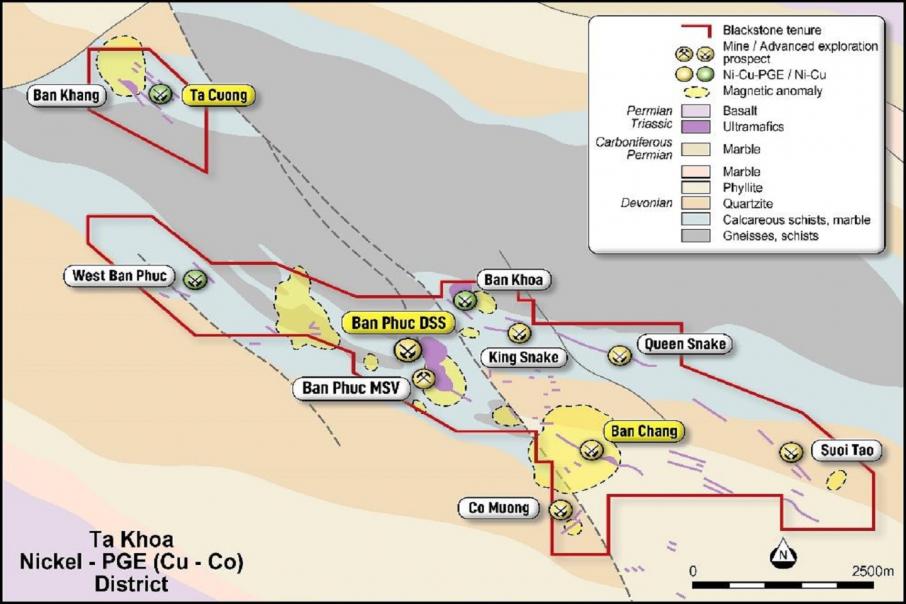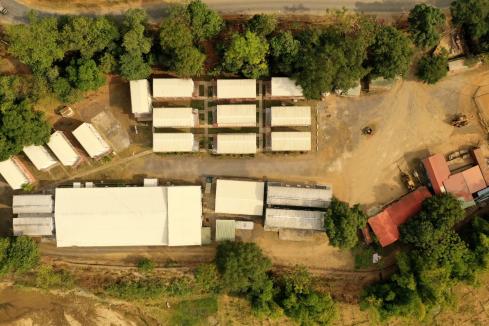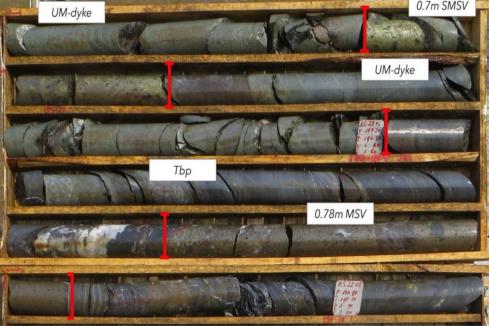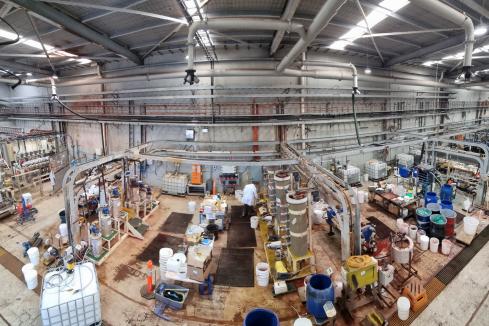Seeking to complete a trifecta of polymetallic exploration successes in Vietnam, Blackstone Minerals has turned its sights to the Ta Cuong prospect. The company hopes its strategy of geophysical targeting may reveal a third lucrative deposit to add to its coffers already brimming with the spoils uncovered at the nearby King Cobra and Ban Chang prospects.


Seeking to complete a trifecta of polymetallic exploration successes in Vietnam, Blackstone Minerals has turned its sights to the Ta Cuong prospect. The company hopes its strategy of geophysical targeting may reveal a third lucrative deposit to add to its coffers already brimming with the spoils uncovered at the nearby King Cobra and Ban Chang prospects.
Both the King Cobra and Ban Chang discoveries present as significant standalone deposits. The potential for further success at the Ta Cuong prospect, that all lie within the Ta Khoa project, will be a welcome addition to the portfolio ahead of a planned pre-feasibility study due this quarter.
The company opted to employ an electromagnetic targeting campaign in its exploration of the project sites where historic drilling had lacked the technical precision available to Blackstone. So far that decision has yielded impressive results, with the company set to run a ground-based electromagnetic survey of Ta Cuong over the coming months.
Ta Cuong is located about 5km north-west of the Ban Phuc mine, where 20.7Kt of nickel and 10.1Kt of copper was churned out over 3.5 years. The prospect itself sits on the same lucrative geological setting as the Ban Chang discovery and the company’s flagship massive sulphide Ban Phuc deposit.
Blackstone analysed previously un-assayed historical drill holes at Ta Cuong, and identified a 15.6 metre zone grading 0.66 per cent nickel, 0.6 per cent copper, 0.04 per cent cobalt and 0.31 grams per tonne platinum, palladium plus gold, or “PGM”, from 45.9m down hole. The 15.6m zone included a high grade 0.6m interval with 1.95 per cent nickel, 4.47 per cent copper, 0.12 per cent cobalt and 0.66g/t PGM.
The Ta Cuong prospect has all the characteristics of an emerging polymetallic discovery, with 20 historical trenches dug in 2016 across the prospect. Results from that program identified a 130m gossan – the weathered surface signature suggesting the potential of underlying massive sulphides. The trenching returned assays up to 0.48 per cent nickel and 0.54 per cent copper.
Blackstone also outlined re-assay results from another historical hole at Ta Cuong, which produced a 5m intersection grading 0.84 per cent nickel, 0.59 per cent copper, 0.05 per cent cobalt and 0.87g/t PGM from 150m depth.
Ban Chang was the premier target of Blackstone’s 25 top priority massive sulphide vein, or “MSV” prospects at Ta Khoa. The company now has its eye firmly set on the Ta Cuong prospect in the hope of extending its successful run. The discovery produced some impressive intercepts, with a recent 10m long drill intersection going 1.45 per cent nickel, 0.9 per cent copper, 0.08 per cent cobalt and 0.7 grams per tonne platinum, palladium plus gold, from 57.02m down hole.
With only four diamond holes drilled into Ban Chang, and mineralisation identified over a 1.2km length, the wide spacing of drill holes leaves ample room for upside exploration potential.
The company’s in-house geophysics team and three drill rigs are now looking to fast track rotational testing of 25 massive sulphide mineralisation targets across the Ta Khoa project.
With the drill rigs spinning up a storm, and a swathe of prospective nickel-copper-cobalt-PGM targets within throwing distance of the mothballed Ban Phuc processing plant, all eyes will be on Blackstone as it chases a third consecutive win in Vietnam.
Is your ASX listed company doing something interesting? Contact: matt.birney@businessnews.com.au












